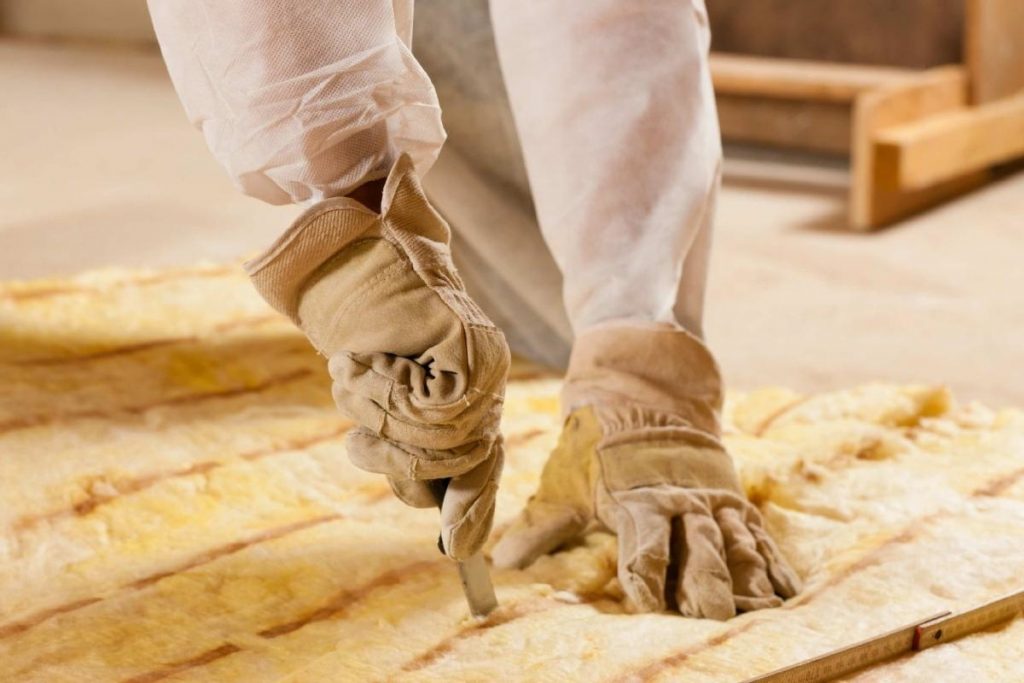Introduction
When insulating your home, the question, "How much insulation do I need?" is pivotal. This comprehensive guide will help homeowners understand the importance of proper insulation, how to calculate the amount needed, and explore various insulation types like rock wool insulation, foam insulation, spray foam insulation kits, insulation foam, and insulation foam board.
Understanding Insulation and Its Importance
Before diving into "how much insulation do I need for a house," it's essential to understand what insulation is and why it's crucial for your home. Insulation helps maintain a comfortable indoor temperature, reduces energy bills, and enhances soundproofing. The right amount and type of insulation can make a significant difference.
How to Figure How Much Insulation I Need for Walls
-
Measuring Your Space
The first step in determining "how much insulation I need" is to measure the space you plan to insulate. This includes wall cavities, attics, and basements. Accurate measurements are vital to purchasing the right amount of material.
-
Understanding R-Values
The effectiveness of insulation is measured in R-values – the higher the R-value, the better the insulation's thermal resistance. Your geographic location plays a crucial role in determining the recommended R-value for your home.
-
Calculating the Amount Needed
To calculate the amount of insulation needed, multiply the area of the space by the recommended R-value. This will give you a reasonable estimate of how much material is required.
Read More: Spray Foam Insulation Cost Calculator
Types of Insulation Materials
-
Rockwool Insulation
Rockwool insulation, also known as mineral wool, is known for its fire resistance and soundproofing abilities. It's an excellent choice for walls, attics, and basements.
-
Foam Insulation
Foam insulation, including options like insulation foam board, is famous for its ease of installation and high R-value. It suits various applications, including under floors and in wall cavities.
-
Spray Foam Insulation Kits
For DIY enthusiasts, close cell spray foam insulation kits are a convenient option. These kits allow easy application in hard-to-reach areas, offering excellent air-sealing properties.
Installation Tips and Tricks
Proper installation is as crucial as choosing the right amount and type of insulation. Here are some tips:
- Ensure the area is clean and dry before installation.
- Cut the insulation material accurately to fit the space.
- For spray foam insulation kits, follow the manufacturer's instructions carefully.
Maximizing Insulation Efficiency
Now that we've covered the basics of "how much insulation do I need," let's delve into maximizing the efficiency of your insulation. It's about more than quantity but also quality and proper installation.
-
Sealing Air Leaks
Before installing new insulation, it's crucial to seal any air leaks. This enhances the overall effectiveness of your insulation, as even the highest R-value material can't compensate for drafts.
-
Consider Insulation for All Areas
While walls are a primary focus, remember other areas like attics, basements, and crawl spaces. Insulating these areas can significantly improve your home's thermal efficiency.
-
Hiring Professionals
Consider hiring professionals for complex installations, especially when dealing with spray foam insulation kits or insulation foam boards. They can ensure that the insulation is installed correctly and safely.
Read More: Labor Cost to Install Insulation
Balancing Cost and Efficiency
Investing in insulation can be cost-effective in the long run, but balancing the initial cost with the expected energy savings is essential. Higher R-value materials like foam insulation might be more expensive upfront but can offer more significant energy savings over time.
-
Calculating Return on Investment
To understand the actual value of your insulation investment, calculate the expected energy savings against the cost of materials and installation. This will help you make an informed decision.
-
Exploring Insulation Grants and Rebates
Many regions offer grants or rebates for home insulation improvements. Research local programs that can help offset the cost of your insulation project.
Read More: How Much Does It Cost to Spray Foam a 2,000 Square Foot House?
Final Thoughts
In conclusion, understanding "how much insulation do I need" is critical in improving your home's energy efficiency and comfort. Careful planning and installation are essential whether you opt for rock wool insulation, spray foam insulation, or any other type. Remember, a well-insulated home is not just a comfortable living space; it's also a step towards a more sustainable future.
Frequently Asked Questions
Can I combine different types of insulation?
Yes, combining different types of insulation, like rock wool insulation with insulation foam board, can be effective. This is particularly useful in areas where more than one type is required.
How often should I replace my insulation?
Insulation only typically needs frequent replacement if it's damaged. Regular inspections can help determine if replacement is necessary.
Is eco-friendly insulation worth the cost?
Eco-friendly insulation options can be more expensive, but they offer environmental benefits and may provide better air quality inside your home.




